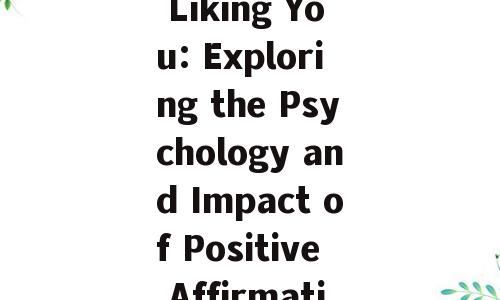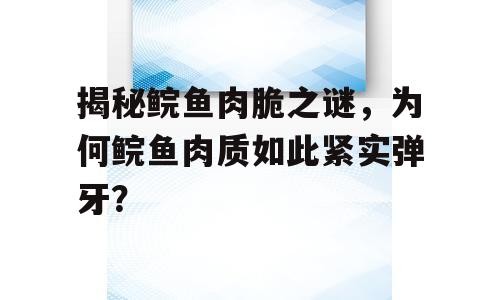Introduction:
In the digital age, where our lives are increasingly intertwined with social media, the concept of "liking" someone or something has transcended its original purpose of expressing approval. The simple act of "liking" has become a powerful tool for social validation, influencing our self-perception and the way we interact with the online world. This article delves into the psychology behind "liking," its impact on user behavior, and its role in shaping the social media landscape.
The Psychology of Liking: A Deep Dive
The desire to be liked is deeply rooted in human psychology. As humans, we seek acceptance and validation from others, and the "like" button on social media platforms serves as a digital form of social approval. According to a study by the University of California, Berkeley, receiving likes can boost self-esteem and create a sense of belonging. This is because the act of liking is often associated with positive emotions, which in turn reinforce the behavior that led to the like.
Moreover, the phenomenon of "liking" has given rise to the concept of social currency. Users accumulate likes as a measure of their social worth, which can be a source of pride and motivation. This drive to be liked is so strong that it can sometimes lead to inauthentic behavior, as individuals may post content they believe will elicit likes, rather than what they genuinely feel or believe.
The Impact of Liking on User Behavior
The influence of the "like" button is not confined to individual self-esteem; it extends to user behavior on social media platforms. A report by the Global Web Index indicates that users are more likely to engage with content that has received a high number of likes. This creates a self-perpetuating cycle where popular content receives more likes, which in turn makes it more visible to other users.
The impact of liking on user behavior is also evident in the way we curate our online personas. Users often present an idealized version of themselves on social media, with carefully curated photos and posts designed to elicit likes. This behavior can lead to a disconnect between our online and offline identities, as well as a pressure to maintain an image that may not reflect our true selves.
The Role of Liking in Social Media Dynamics
The "like" button plays a crucial role in shaping the dynamics of social media. It fosters a culture of instant gratification, where users seek validation through likes and shares. This dynamic can have both positive and negative consequences. On the one hand, it encourages user engagement and community building. On the other hand, it can lead to a toxic environment where users are more concerned with the number of likes they receive than the quality of the content they produce.
Social media platforms have recognized the potential risks associated with the "like" culture and are taking steps to address them. For instance, Instagram has introduced features that limit the visibility of likes to combat the pressure to seek validation through likes. These efforts aim to promote a healthier online environment where users are encouraged to focus on the content itself rather than the number of likes it receives.
Conclusion:
The act of "liking" on social media is a complex phenomenon with deep psychological roots. It has the power to influence our self-perception, user behavior, and the overall dynamics of social media platforms. While the "like" button serves as a valuable tool for social validation, it is important to be mindful of its potential downsides. By fostering a culture that values genuine engagement and meaningful connections, we can harness the power of liking to create a more positive and authentic online experience.
In conclusion, the allure of "liking" is undeniable, but it is crucial to approach it with a critical eye. By understanding the psychology behind liking and its impact on our behavior, we can navigate the social media landscape with greater awareness and intentionality.















还没有评论,来说两句吧...